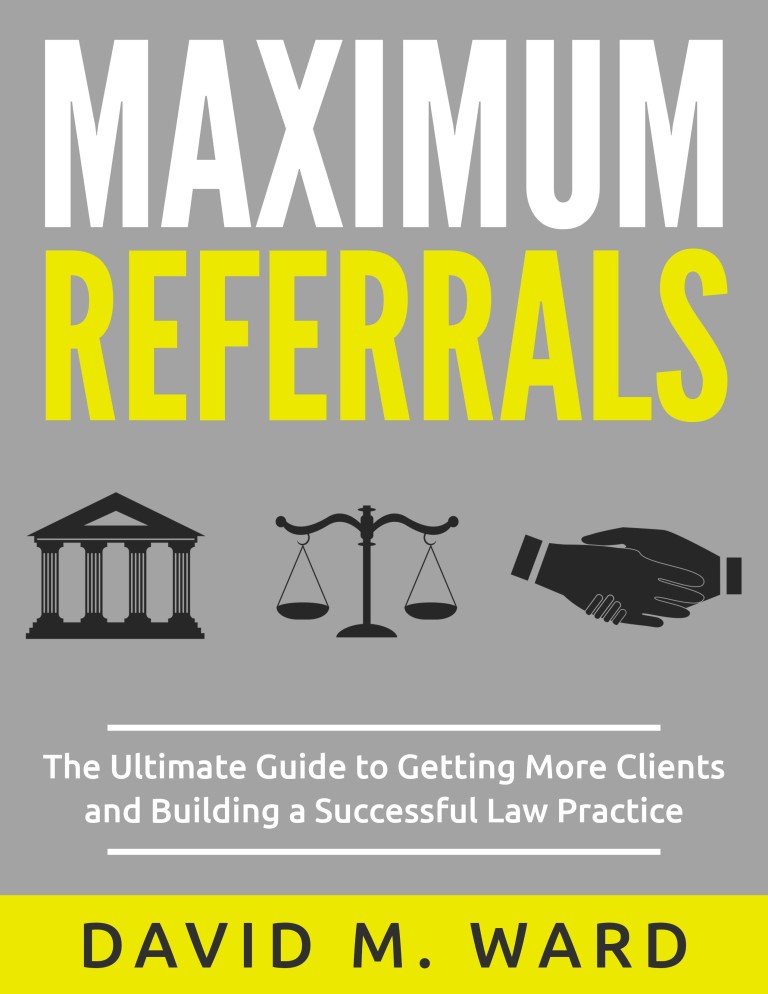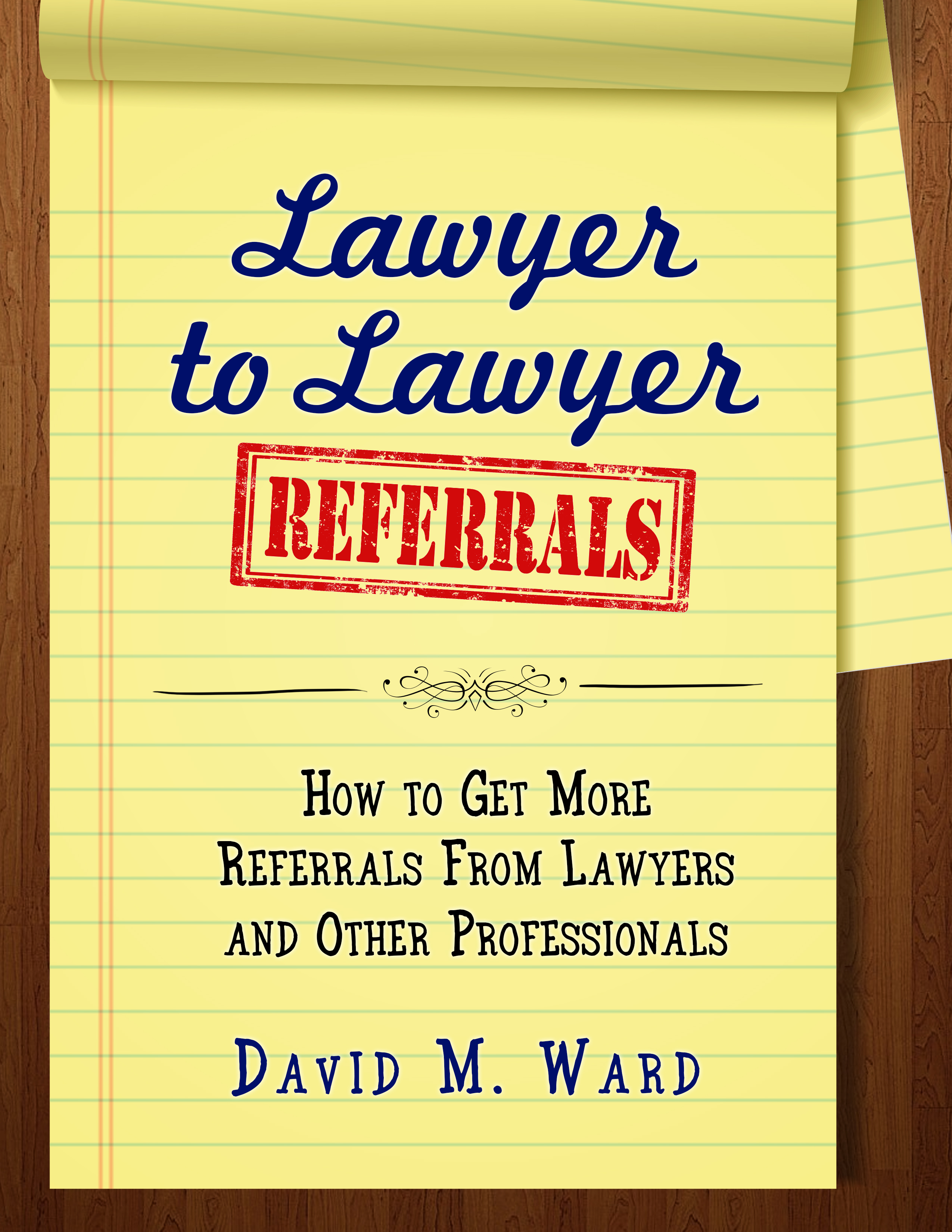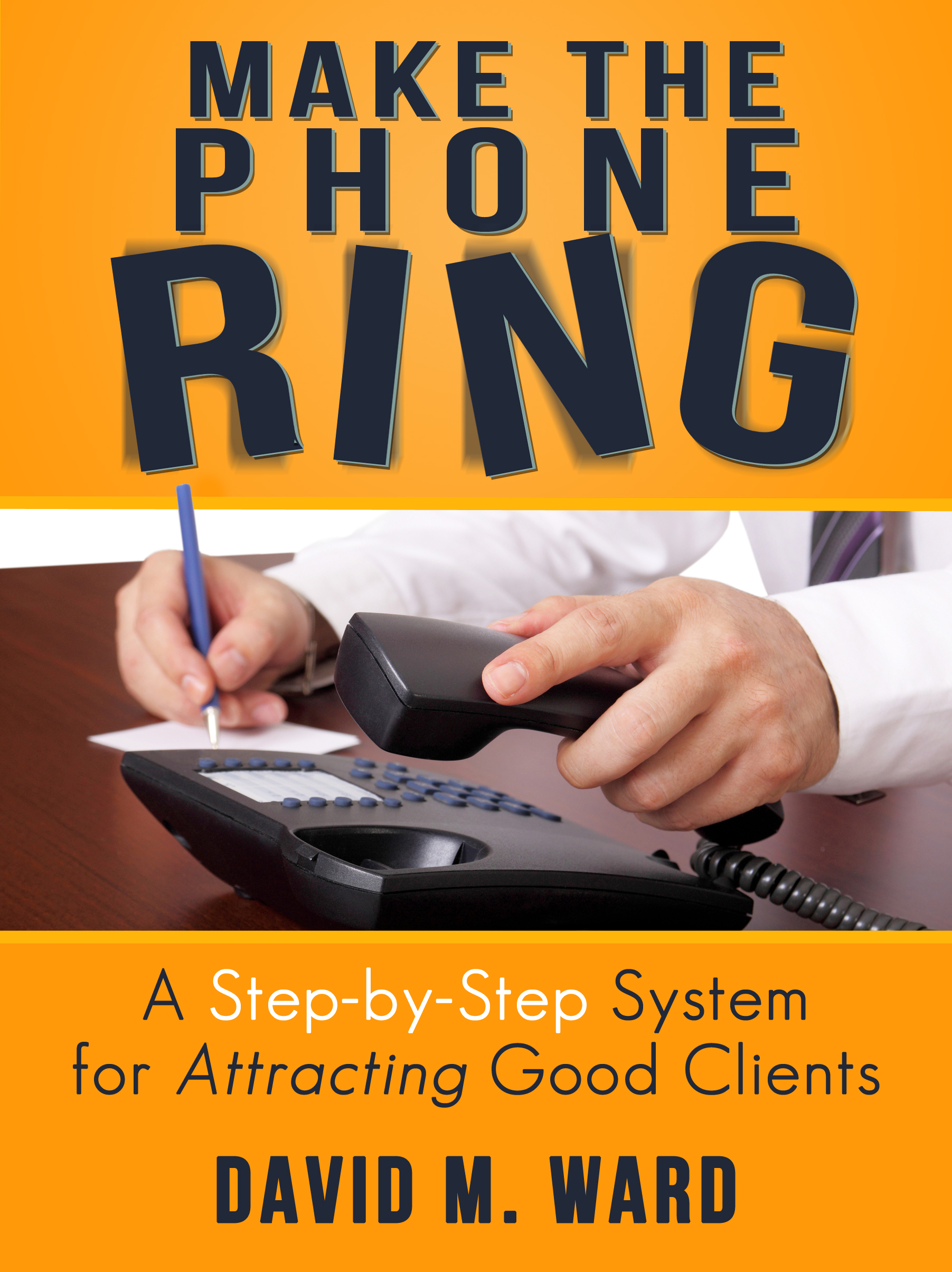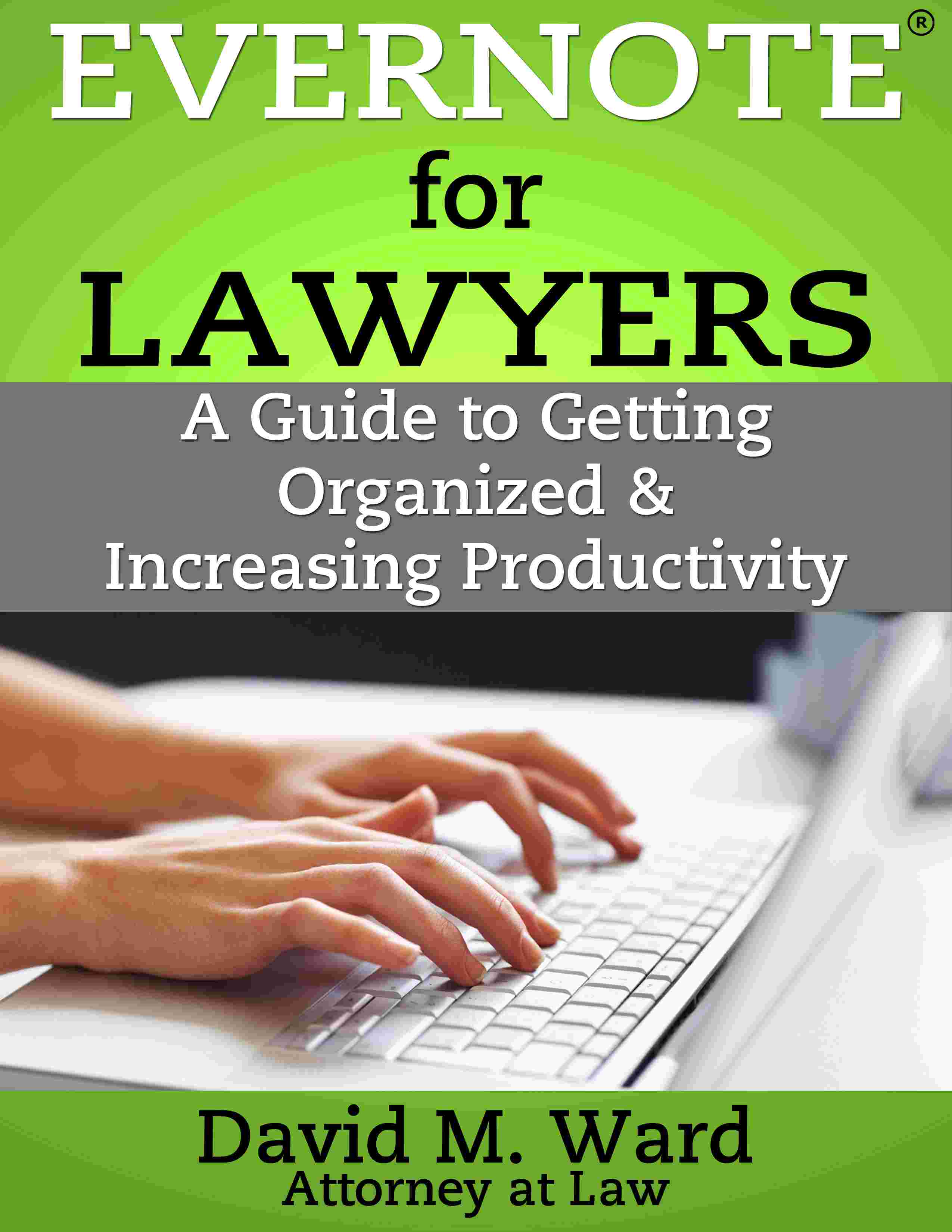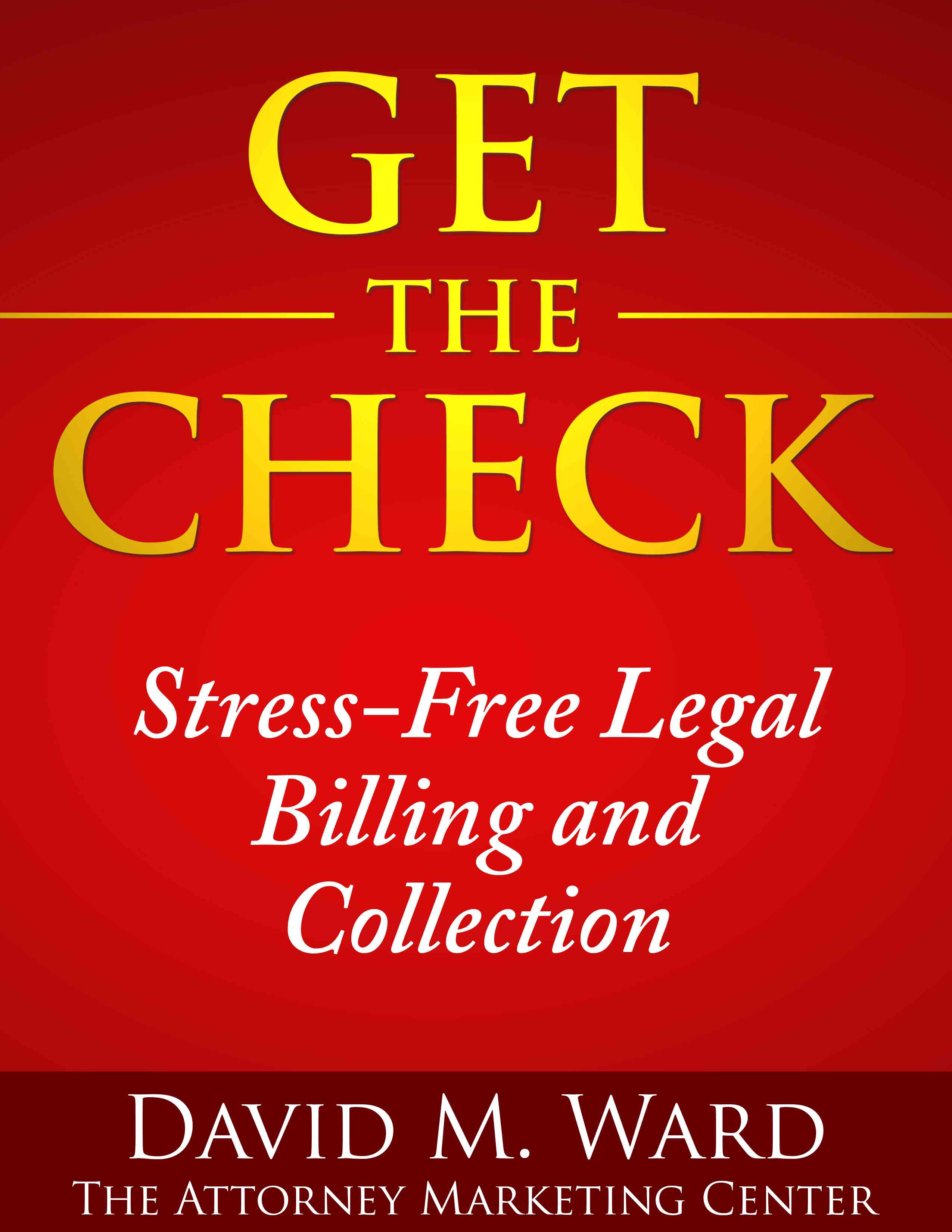What’s the name of the last client you spoke to? How well do you know them?
Are they married? What’s their spouse’s name?
Do they have kids? How old are they?
What part of town do they live in? Do they play any sports? Do you know the name of their accountant, tax preparer, and insurance agent? How about the name of their dog?
I know it’s difficult to build a personal relationship with all of your clients but how about some of them?
Or are you the type who does the work and that’s the end of it?
No communication, no relationship, nothing from you. If they contact you again, fine. Otherwise, you don’t have time for them.
Please say that’s not true. Please say you make an effort to get to know at least some of your clients and that you make it a habit to stay in touch with all of them.
If you don’t, it’s not too late to start. Reach out at least one client this week and have a conversation with them. Take a few minutes to find out something about their personal life. Write it down so you’ll remember it. Verify their email address so you can stay in touch.
Every client you do this with represents potential growth for your practice. Even if they never hire you again, they can send referrals, introduce you to other professionals, share your content, promote your events, and send traffic to your website. Oh yeah, they can also write a positive review about you, including how much they appreciate that you stay in touch with them after the work was done.
Before you spend another hour attending a networking event and talking to strangers, how about networking with the people who already know, like, and trust you?
Start here


